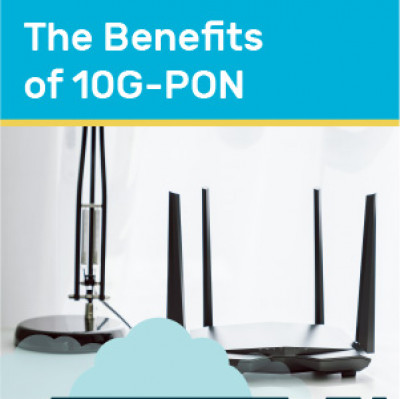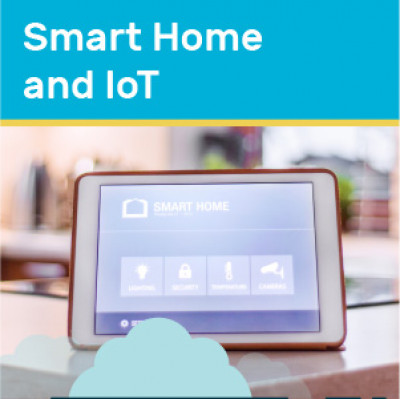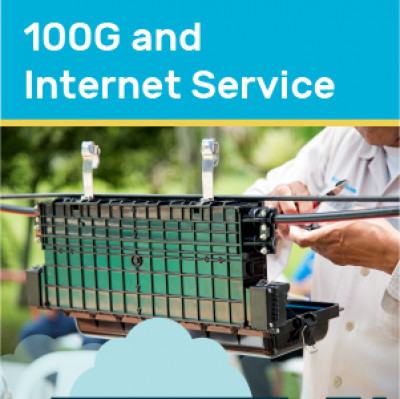
Whole Home Mesh Wifi Optimizing Introduction The traditional way of setting up WiFi in our homes is by using a centralized router to which all smart devices get connected. While such a setup has historically worked just fine, there are several disadvantages to the one-router approach that make it unscalable. One of the most obvious problems that standalone WiFi routers suffer from is their ability to service distant parts of a house. As smart-home devices replace traditional ones, there is a growing need in most households to implement WiFi systems that serve every device equally, irrespective of their location or functionality. This can be achieved using WiFi Mesh Networks. What are WiFi Mesh networks? Mesh Networks are a complete rethinking of how wireless internet connectivity is implemented in a home or an office space. Instead of a singular router, Mesh Networks consist of several interconnected nodes (routers or smart devices) that share internet traffic among themselves. Advantages of Mesh Wifi-Optimizing A mesh…

The Benefits of 10G-PON With ever-increasing demands for faster internet in homes and businesses, 10G-PON provides the speed you need to power your smart home and IoT devices.

Smart Home and Internet of Things Introduction The concept of a “smart home” isn’t as new as you think. Since computers started getting smaller, people have imagined ways to integrate them into our daily lives, besides having ones that sit on our tables. In fact, if you watch any movie from the 80s or 90s that features a tech-savvy character, odds are you will find him/her living in a house that has voice control systems, monitors built into the walls, and rainbow lighting everywhere. Pop culture’s fascination with voice-controlled homes and humanoid robots aren’t just Hollywood hijinks. The push for making tech that is easier to integrate into our daily lives has been going on for at least half a century now. One of the first significant milestones in this process was the invention of the mobile phone. The first commercially sold cellular handheld phone was the Motorola DynaTAC 8000x, released in 1973, which retailed for about $4000 back then ($10400 in 2020 money). The DynaTAC didn’t achieve much commercial…

100G Transport Networks Introduction Broadband internet connection is the backbone of modern society. So much of the world relies on the internet for day-to-day activities and business that we always need faster connections. The most current iteration in the development of Ethernet technology is 100G or the 100 Gigabit Ethernet. 100G is not just a speed limit but also a standard for port types with various optical and electrical interfaces to support such a large bandwidth, including the number of optical fibre strands per port. Fibre optic cables supporting 100G can be up to 80 km long. Development of 100G 100G has been slow to evolve since the analog design problems of moving from the current standards to 100G are significant. 10-gigabit Ethernet has existed since the mid-1990s, whereas announcements for the first generation of 100 gigabit systems only happened in 2011. Companies like Huawei, Ciena, and Alcatel have deployed 100G systems with varying degrees of success and scale. 100G Detailed 100G is primarily…

100G and Internet Service Introduction Fibre Broadband internet connectivity is the backbone of modern society. So much of the world relies on the internet for day-to-day activities and business that faster connections are the new norm. The most current iteration in the development of Ethernet technology is 100G or the 100 Gigabit Ethernet. 100G is not just a speed limit but also a standard for port types with various optical and electrical interfaces to support such a large bandwidth, including the number of optical fibre strands per port. Fibre optic cables supporting 100G can be up to 80 km long. Development of 100G 10-gigabit Ethernet has existed since the mid-1990s, whereas announcements for the first generation of 100 gigabit systems only happened in 2011. 100G has been slow to evolve since the analog design problems moving from the current standards to 100G are significant. Juniper and Ciena have deployed 100G hardware, and Gosfield will join that elite team this year. 100G Detailed Smart home devices and…

